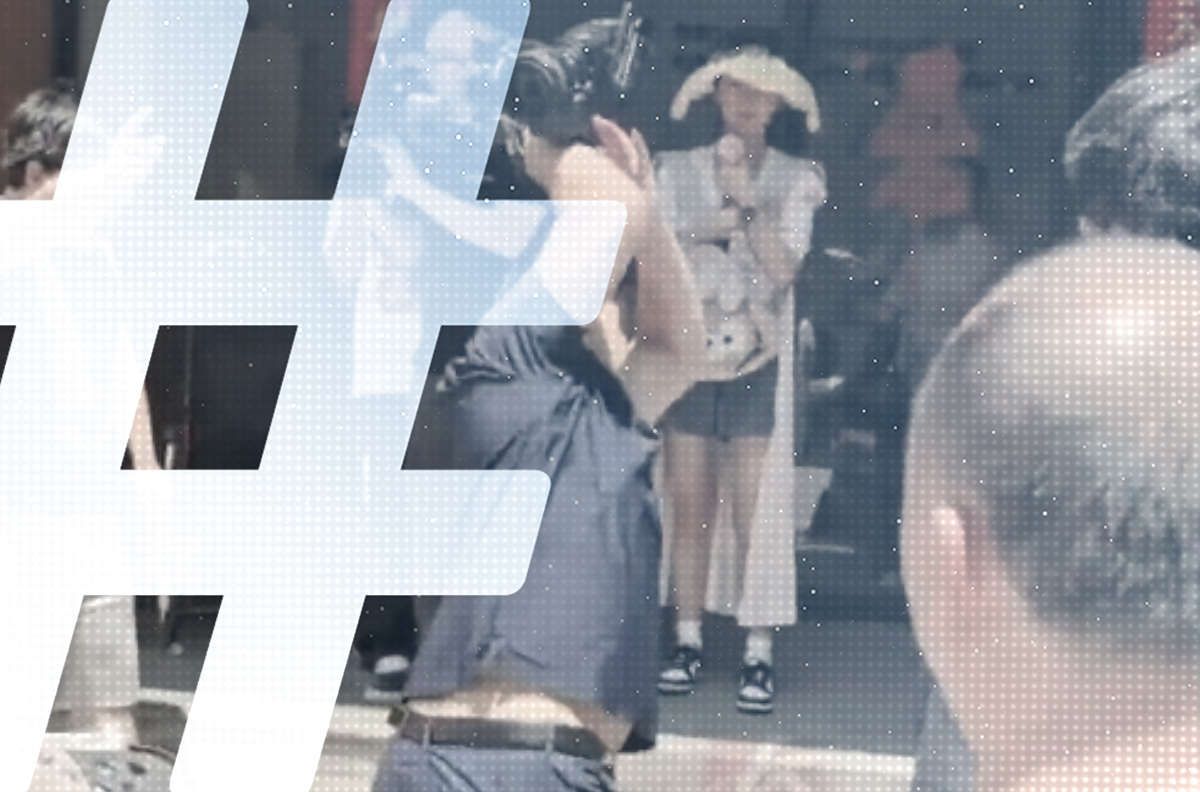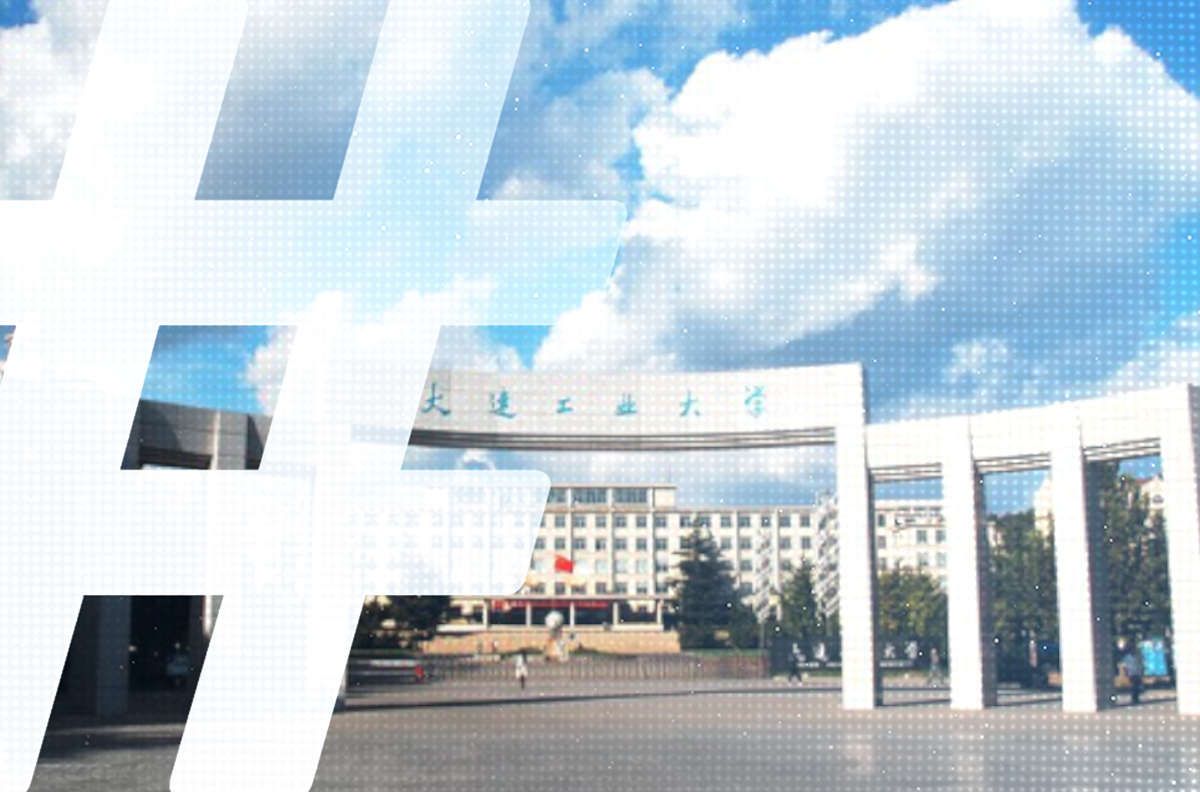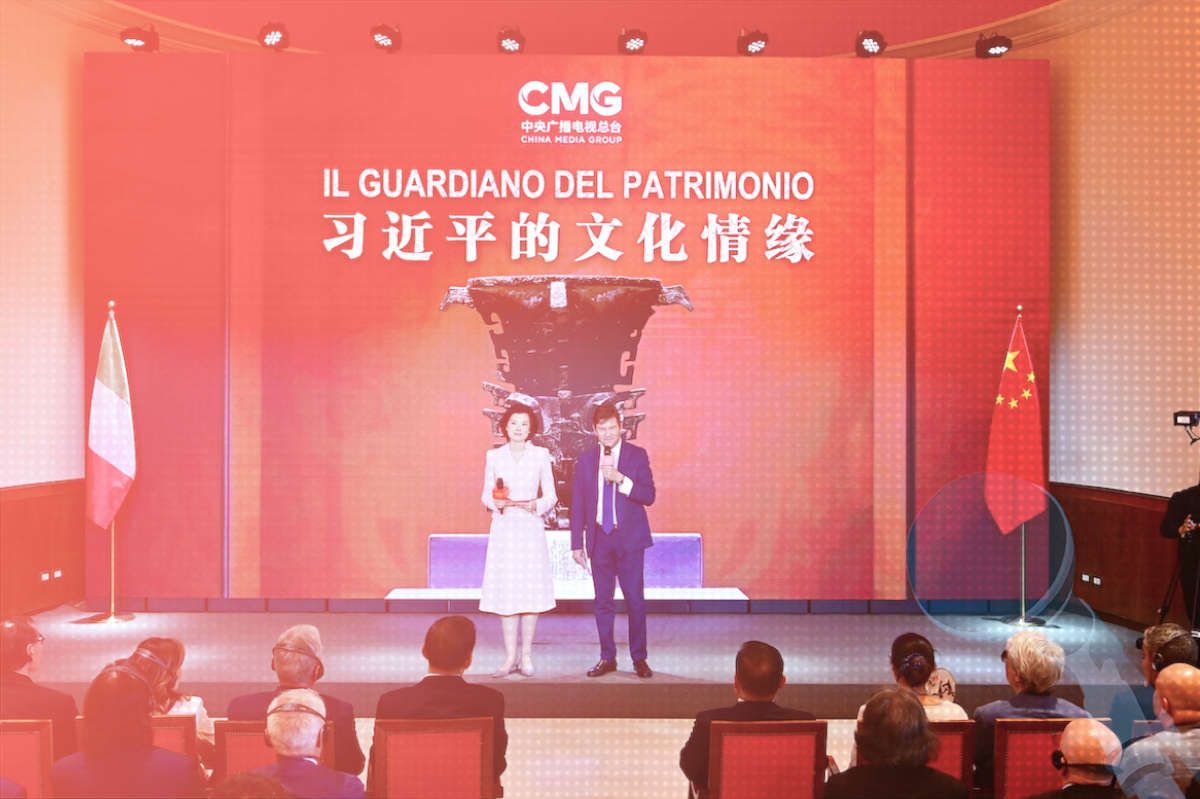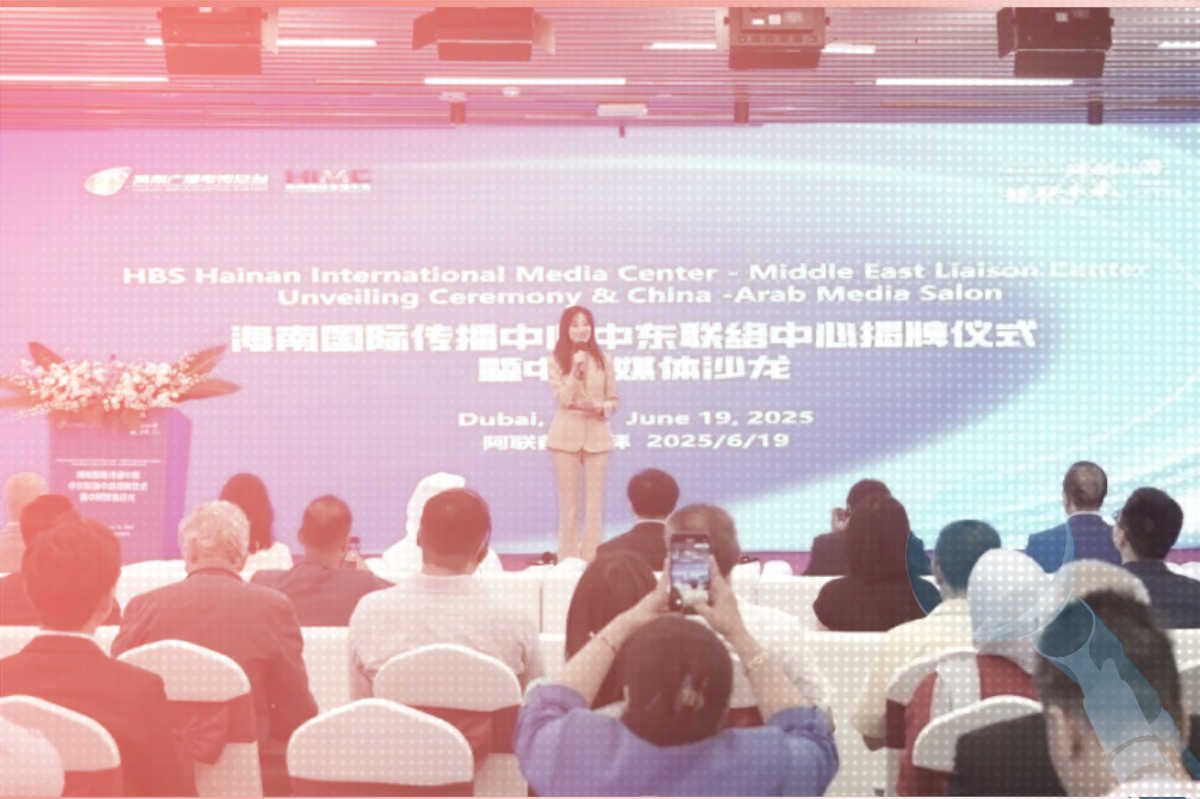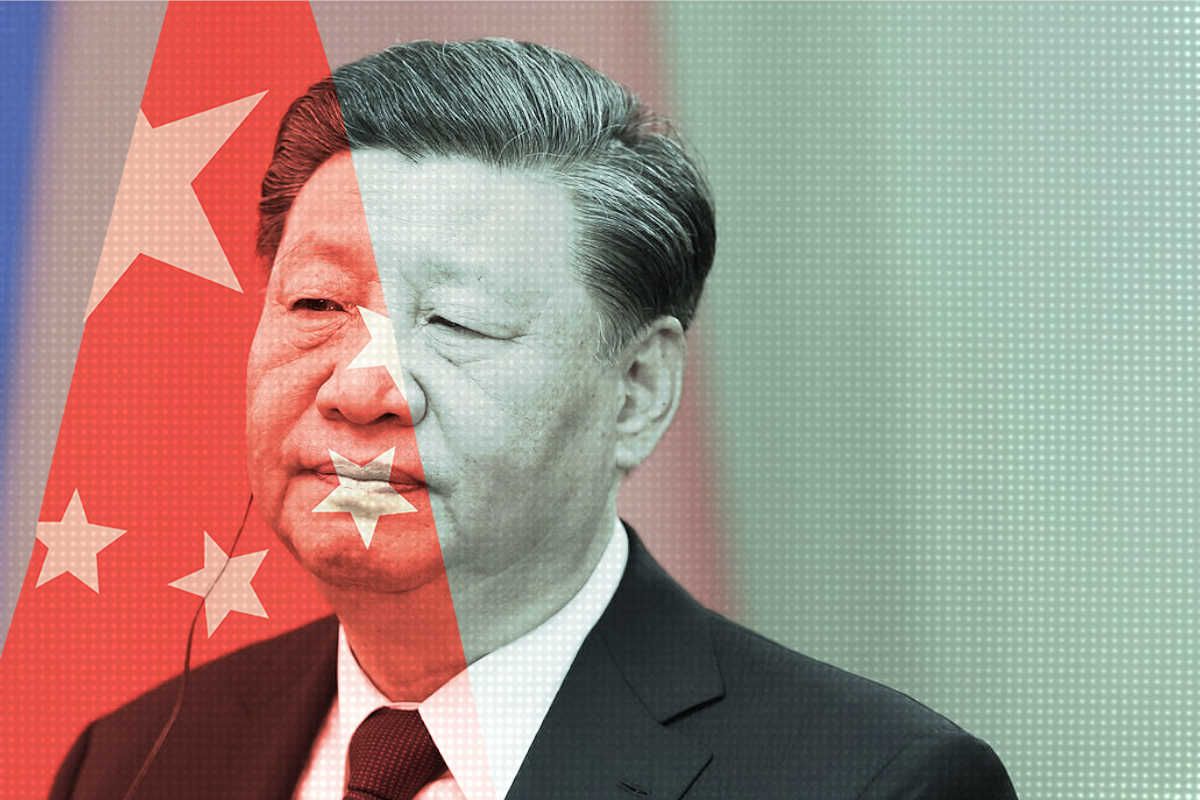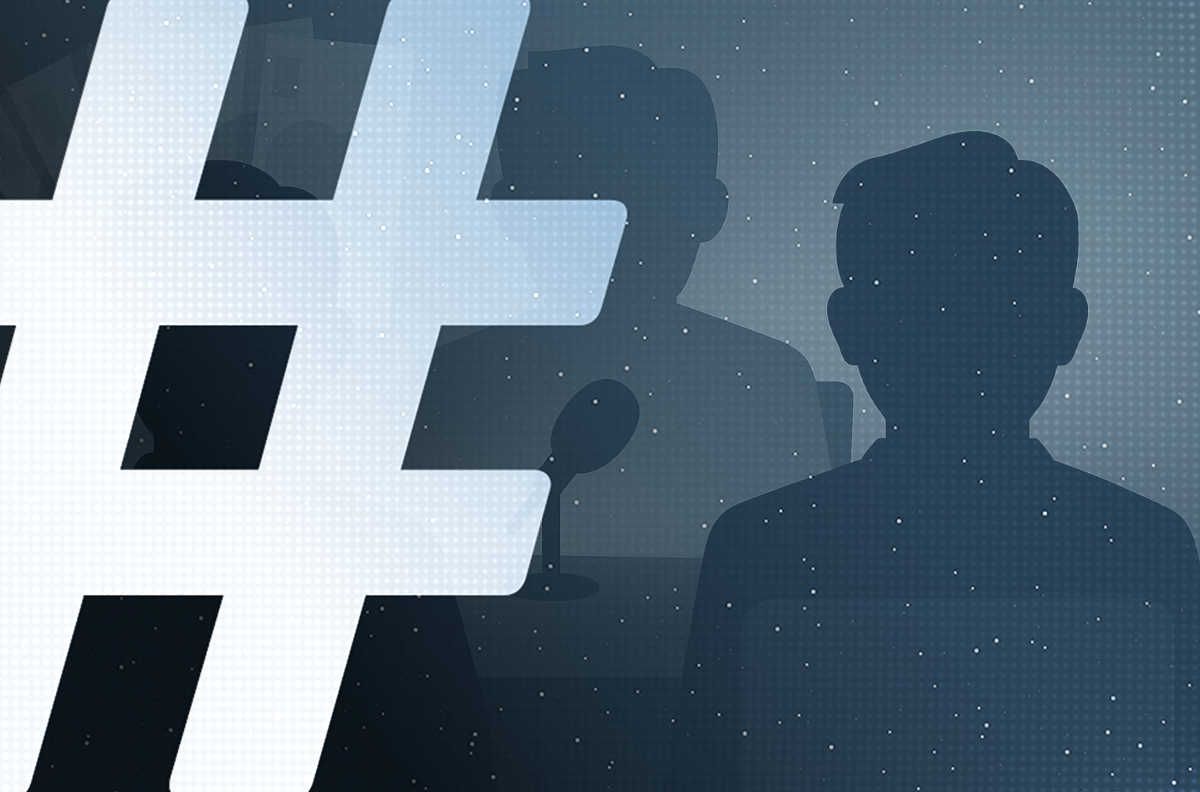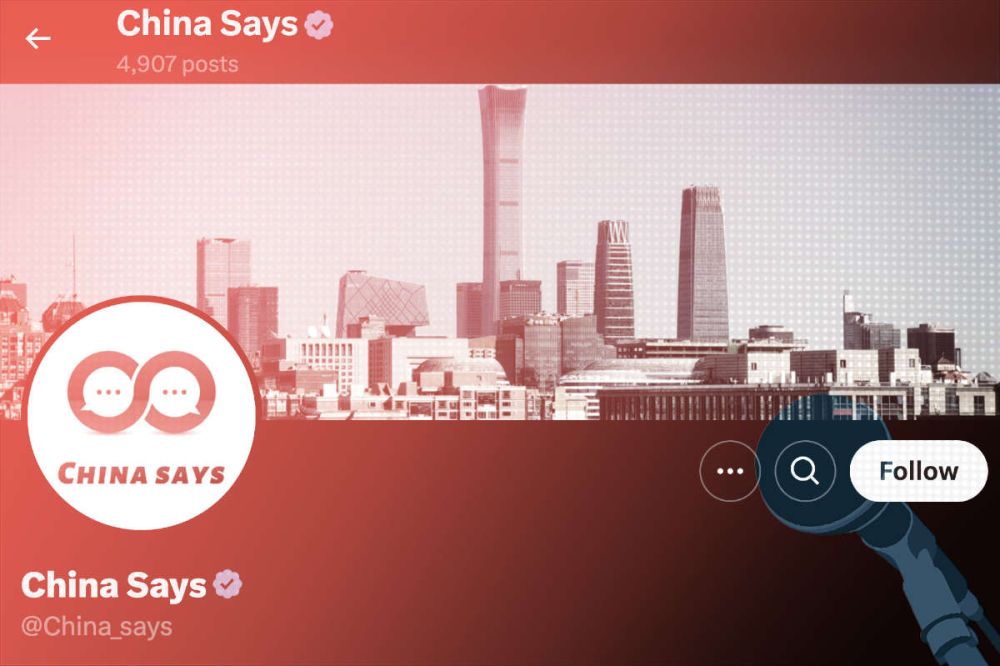
Before Twitter became X, the social media platform was scrupulous in labeling the accounts of media outlets from around the world that had connections to foreign governments. “State-affiliated media” labels were applied, according to the platform, to “outlets where the state exercises control over editorial content through financial resources, direct or indirect political pressures, and/or control over production and distribution.” For outlets like China Daily — run directly by China’s central government — labels had a real impact in driving down user engagement.
These days, labels on what was once Twitter are too opaque to be of much use. After first antagonizing public media like NPR in 2023 by slapping them too with the “state-affiliated” label, despite clear policies and procedures on independence, billionaire Elon Musk had his platform apply cryptic gray check-marks, indicating that accounts like that of China’s Ministry of Foreign Affairs are “government or multilateral organization account[s].” Confusing things even further, unmistakably state-affiliated accounts — like that of the CCP’s official mouthpiece, the People’s Daily — can simply override any stigma by purchasing a blue check-mark from X — leaving them simply, like millions of others, “verified.”
But even as labeling has largely become a practice of the past for social media platforms — TikTok, in fact, being the only one to actively label accounts as “China state-controlled media” — Chinese state-affiliated accounts have learned to bypass transparency efforts by using cloaked accounts or brands, masking their connections to China’s government bodies. These accounts, which interact on social media platforms as though they were independent entities, are sometimes capable of reaching millions, and even pay to amplify their messages.
Examples of such accounts are legion. “Hi, this is GBA” looks like just a social media influencer on X with more than 85,000 followers, as does “Daily Bae,” which has 1.1 million followers on Facebook. Both are external propaganda brands run by Guangdong province, and clearly identified as such in official media reports.
As Xi Jinping speaks of “building a more effective international communication system,” part of the message he conveyed this week during a collective study session of the Politburo, accounts like these, run not just by state media but by provincial and city-level international communication centers (ICCs), are a critical part of the strategy.
How do these accounts operate? We took a deep dive into one of them to get a closer look.
Who’s Speaking?
At first glance, the account “China Says” looks unassuming enough. It has a blue check and nearly 190,000 followers on X. On Facebook, it has 3.9 million followers, and its posts sometimes get millions of views. The bio section for “China Says” on X claims that the account offers “exclusive insights” into China’s foreign policy. At times, these insights appear as paid ads in X feeds like yours and mine. Much of the content on “China Says” focuses on the innocent promotion of local cuisine. But at times the account takes a sharp turn into the political. It regularly hosts explainers, for example, on China’s view of the international political system.

One recent explainer, an interview with Danish photographer Jan Oberg, who has featured frequently (and almost exclusively) in Chinese state media reports, was framed with the loaded question: “Is China’s approach to global peace the antidote to Western militarism?” Another post features “Quotes from Xi Jinping” that urge “global governance reform.” Yet another, a program called “Diplomacy Talk,” again portrays China as an enlightened force in the global South: “China offered hope when the West labeled Africa ‘hopeless,’” it begins.
The nature of this content, and the account name “China Says,” might offer a clue as to origins. But exactly who is speaking here?
In fact, “China Says” is operated by the Chinese Internet News Center (中国互联网新闻中心), an institution directly under China’s State Council Information Office (SCIO). The SCIO is essentially the same office as the Chinese Communist Party’s Central Propaganda Department — which means that this “news and media website,” as it is labeled on Facebook, is speaking from the very center of the Chinese party-state. And yet, quite unlike the account for China Daily, also under the SCIO, the account bears no “China state-controlled media” label.
“China Says” is one cloaked party-state account on X that has made good use of the platform’s marketing system. X Ads offer any account paid promotion for their content over a fixed period of time, allowing posts to maximize exposure — acquiring followers and engagement more quickly. The tool also allows campaigns to target audiences, according to which country they are in and if they have followed certain Twitter accounts.
According to Twitter’s Ads Repository, which logs advertisements created by companies, “China Says” has taken out 109 ads so far this year, some of which have been promoted to targeted audiences continuously for over half a year. We categorized the accounts into those dealing with cultural topics, the economy, and politics. Categorizing topics allowed us to spot the more recent trend toward political, and geopolitical, issues over culture.
According to the data, the account’s initial posts were merely promotions of Chinese culture and tourism sites. But from July this year, the ads for “China Says” were placed by a company identified as “Shanghai Yangzhi Marketing.” This company name appears to match the Chinese name of Socialydia (上海洋芝市场营销策划有限公司), a private marketing firm that focuses on “overseas social media platform operations” with a wide range of clients, including the publicly-listed Chinese automaker BYD.
Categorizing topics allowed us to spot the more recent trend toward political, and geopolitical, issues over culture.
Under Shanghai Yangzhi’s remit, the ads for “China Says” became much more professional, and the number of ads taken out in September tripled from January numbers. Their content shifted in tone as well. At the beginning of the year, the only ads the account took out featured beautiful Chinese landscapes and tributes to Chinese traditional culture. But by September, 70 percent of the ads were rather blunt statements on China’s economic and geopolitical successes, indistinguishable from the state media’s usual self-congratulatory fare.
The target audiences defined in X Ads changed too in July as Shanghai Yangzhi Marketing came onboard. Before July, the audience tags were unimaginative China-themed words like “Shanghai” or “China.” From that point on they were more ambitious and far-reaching. The account now systematically lists every country in the world as its target audience. The list of those to target also includes anyone following a long list of Chinese X accounts, including the Ministry of Foreign Affairs, the Ministry of Commerce, the People’s Daily, CGTN, China Daily, The Paper — and even Hong Kong’s South China Morning Post, which in 2015 was bought by Alibaba Group.
As we mentioned earlier, there are many cloaked accounts like “China Says” — hundreds if not thousands. So how many are making use of X Ads to boost their visibility and engagement?
We checked eight other cloaked accounts that push Chinese government messages, including those operated by provincial-level international communication centers like WuhanPlus and iChongqing. None of these had so far invested in ad campaigns. But “China Says” demonstrates how such tactics can be applied successfully as international social media platforms turn a blind eye and users are offered no information about who these accounts actually are. It also offers a clear look at how these accounts transform over time from innocuous posts about beautiful skylines, migrant birds and autumn colors, to promotion of China’s foreign policy and the hyping of US aid to Africa as “empty promises.”
China Says is also a concrete case study on what Xi Jinping meant when he spoke about the "pattern reconstruction of international communication," and about "innovative online external propaganda." As grandiose as those ambitions sound in the specialized discourse of the Chinese Communist Party, the idea in terms of the delivery of China's official messaging is deceptively simple — to use existing global communication platforms, including Facebook, YouTube, X and Instagram, in ways that engage and build audiences while camouflaging the hand behind.
Be ready for stunning views of stony Tibetan peaks, followed by soft and playful pandas, and then a serving of anti-Western propaganda. It could come at you from anywhere.









